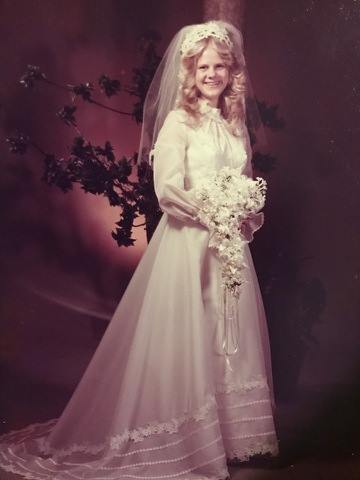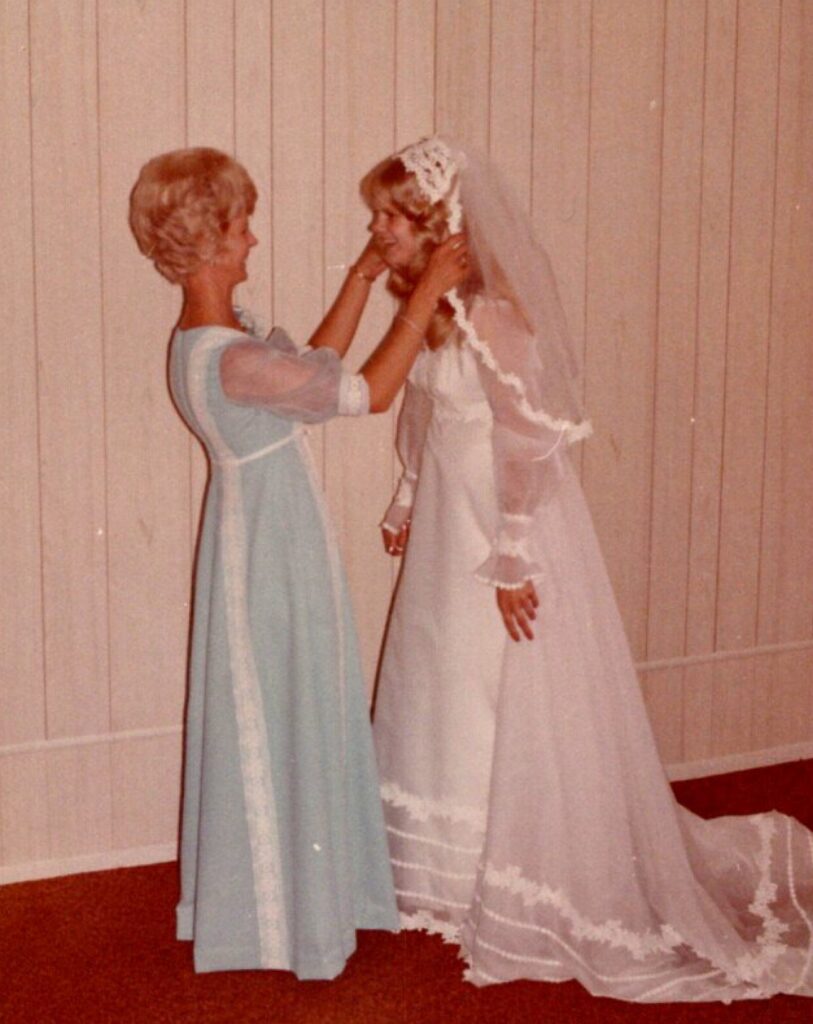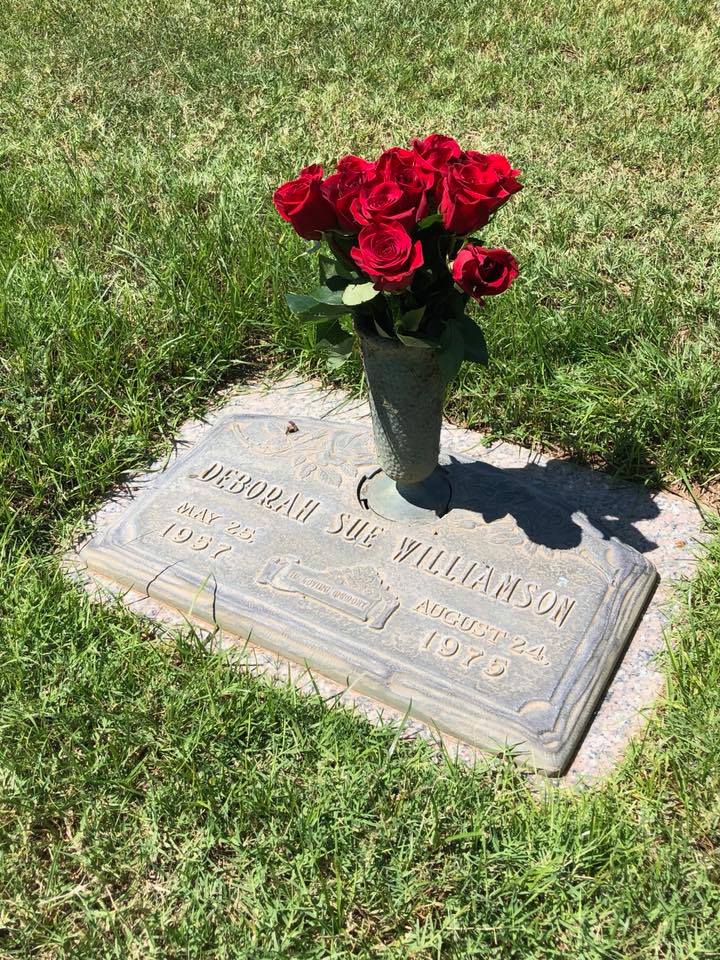(This is the first in a series of articles reviewing and analyzing the facts and evidence related to the murder of Debbie Williamson.)
In 2019, Netflix released a five-part documentary detailing the crimes and confessions of a man named Henry Lee Lucas. Lucas ultimately confessed to 600 murders across the country, resulting in law enforcement closing 197 of those cases. The murder of Deborah Sue Williamson was featured in the Netflix documentary because Lucas had confessed to murdering her.
Debbie, who was 18 at the time of her death, was fatally stabbed outside her residence in Lubbock, Texas, on the evening of August 24, 1975. Her husband, Doug, found her body that night around 1 a.m. and called police. He was later cleared as a suspect as he was confirmed to be at his place of work at the time of the murder.
The Case Went Unsolved until 1984, When Lucas Confessed

The case went unsolved until 1984, when Lucas confessed. Reportedly, his confession included several incorrect details about the crime, but authorities ignored those inconsistencies. This was also discovered in the false confessions Lucas gave to dozens of other murders around the country.
Upon being provided with a copy of Lucas’s confession, Debbie’s stepfather and mother, Bob and Joyce Lemons, were immediately suspicious of the veracity of his claim. The Lemons ultimately uncovered solid evidence proving that Lucas was not in Texas at the time of Debbie’s murder.
After they presented this evidence to the Lubbock Police Department, officials were forced to dismiss Lucas as a suspect and re-open the case. Lucas later recanted his confession to the murder, and the case remains unsolved 46 years later.
Related link: How Crowd Sourcing Contributed to Arrest in Rebekah Gould Cold Case
Details of the Debbie Williamson Murder
When Debbie’s husband found her outside the back door of their residence, she was lying on her back in a pool of blood. Her body was oriented with her head to the west and feet to the east.
She had suffered 17 stab wounds: 10 to her back, two to her scalp, one to her right cheek, and four to her torso and upper arms. There were abrasions and bruises on her chin, knees, forearms and elbows. Her right ear was nearly severed in the attack.

According to her autopsy report, stab wounds to her back punctured and collapsed both of her lungs. In addition, Debbie’s lungs filled with blood, which quickly rendered her unable to breathe. Two liters of blood were removed from her lungs during the autopsy examination.
Williamson’s pants and underwear had been pulled down to her calves, and her shirt and bra were pushed up. However, the autopsy showed no evidence of sexual assault, and additional forensic testing revealed no indication of rape. It was determined that the action of removing her clothing was completed after her death as there were stab wounds through her garments.
Other Observations at the Debbie Williamson Crime Scene
Debbie’s body was located near the step outside the back door to her home. She and Doug used this door as their primary entrance and exit because it provided quick access to the covered carport where they parked their vehicles. Their backyard was surrounded by a wooden fence with a gate constructed of the same fencing material.

There was a large amount of blood in the carport between the driver’s side of Debbie’s car and the south wall of the home. Various types of blood spatter evidence were found on the driver’s door of the vehicle, on the cement floor of the carport and on the nearby wall of the house.
Law enforcement noted bloody drag marks leading from the carport to the step outside the back door where Debbie Williamson was found. These marks measured approximately 25 feet in length and confirmed that her killer had moved her body after the attack.
When police arrived, the back door stood open, but the outer storm door was shut. The outside screen on the kitchen window was still connected to the top of the window frame, but had a hole in it.
The kitchen window, which was approximately four feet above ground level, was broken. There was glass in and around the kitchen sink. Other pieces of glass were found outside on top of the blood on the cement patio.
Law enforcement believed that a garden hoe found on the ground nearby was used to break the window. No items were missing from the home.
Debbie’s car keys and a puzzle magazine she often carried with her were found near her body. Four pennies and an ink pen were found in the carport area. Her purse, which contained her wallet, bank book, and likely a small album with wedding photo proofs, was not recovered. To this day, none of the missing items has been found.

Related link: Seizing Digital Evidence: Best Practices for Police Officers
What Insight Can Debbie’s Husband Provide?
My next article in this series will present information obtained through interviews of Debbie’s husband, Doug Williamson. Readers who wish to follow future progress on the case are encouraged to join the Facebook group dedicated to getting justice for her, Unsolved Murder of Deborah Sue Williamson (Deborah Agnew).
The administrators of the group will continue to post updates and topics for discussion. Anyone who has information about Debbie Williamson’s murder is asked to please report tips to the Lubbock Police Department at 806-775-2865.

Comments are closed.